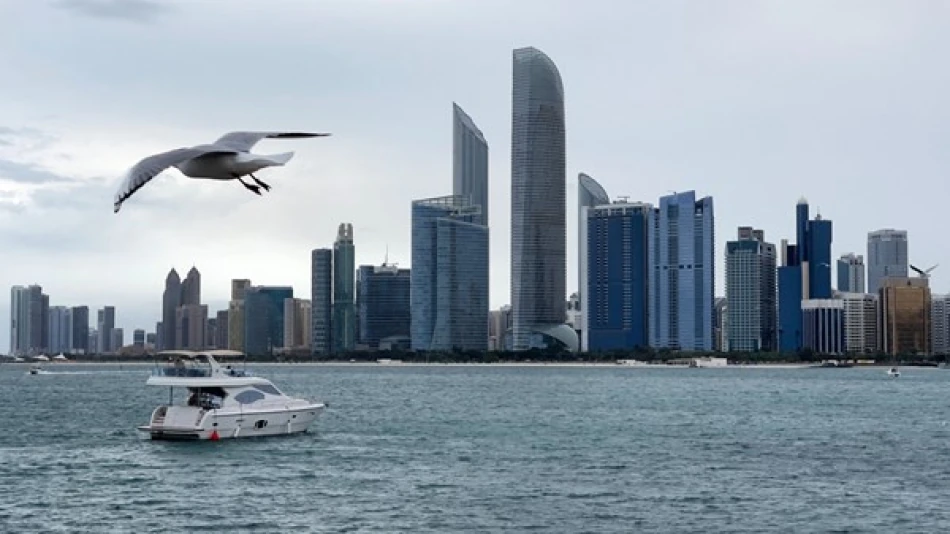
Expect Rainfall and Temperature Rise Across the Region Tomorrow
UAE Braces for Dusty Weather and Temperature Spike as Summer Heat Intensifies
The UAE's National Center of Meteorology has forecast a challenging weather day ahead, with partially cloudy skies, intermittent dust storms, and rising temperatures that could reach 47°C in some areas. The combination of active winds, potential rainfall in eastern regions, and high humidity levels signals the country's transition into peak summer conditions, testing infrastructure resilience and energy demand across the seven emirates.
Weather Conditions Point to Seasonal Shift
Tomorrow's forecast reveals the UAE's characteristic pre-summer weather pattern, with partially cloudy and occasionally dusty conditions dominating the landscape. The National Center of Meteorology expects cumulus cloud formation in eastern areas, extending to some inland regions and bringing scattered rainfall—a welcome but brief respite from the intensifying heat.
Temperature variations across the emirates will be significant, with inland areas bearing the brunt of the heat wave. Al Liwa is expected to reach a scorching 47°C, while coastal areas like Fujairah will experience more moderate highs of 36°C due to maritime influence.
Wind Patterns Create Visibility Challenges
Wind conditions present both relief and complications for residents and businesses. Light to moderate winds, occasionally strengthening with cloud cover, will range from 10-25 km/h and may gust up to 50 km/h. These southeasterly to northeasterly winds will stir dust and sand, potentially reducing horizontal visibility—a critical concern for aviation, logistics, and daily commuting.
The dust-stirring winds reflect the UAE's position at the intersection of major weather systems, where continental air masses from the Arabian Peninsula meet maritime influences from the Gulf waters.
Regional Temperature and Humidity Breakdown
Northern Emirates Face Peak Heat
Ras Al Khaimah will experience the highest coastal temperature at 45°C, while maintaining relatively low humidity levels between 20-70%. This combination creates optimal conditions for increased cooling system usage and potential strain on electrical grids.
Humidity Surge Expected in Western Regions
Saturday morning will bring heightened humidity to western areas, with potential fog or light fog formation. Fujairah leads humidity levels at 55-90%, creating muggy conditions despite lower temperatures. This pattern typically signals the onset of the UAE's challenging summer humidity season, when apparent temperatures can feel significantly higher than actual readings.
Maritime Conditions Remain Stable
Both the Arabian Gulf and Sea of Oman will maintain light wave conditions, supporting continued maritime operations and offshore activities. Tidal patterns show standard variations, with the Arabian Gulf experiencing high tides at 15:00 and 01:17, while the Sea of Oman peaks at 10:41 and 21:48.
Infrastructure and Economic Implications
This weather pattern typically triggers increased energy consumption as cooling demands surge across residential and commercial sectors. The UAE's power grid, designed for extreme conditions, will face its first major test of the approaching summer season. Dust conditions may also impact solar panel efficiency, temporarily affecting the country's renewable energy output.
For aviation hubs like Dubai International and Abu Dhabi International airports, reduced visibility from dust storms could influence flight schedules and operational efficiency. The logistics sector, crucial to the UAE's role as a regional trade hub, must navigate potential delays from weather-related visibility issues.
The forecast underscores the UAE's ongoing climate adaptation strategies, from cloud seeding programs to urban cooling initiatives, as the nation prepares for another intense summer season in one of the world's most challenging climatic environments.
Most Viewed News

 Layla Al Mansoori
Layla Al Mansoori






